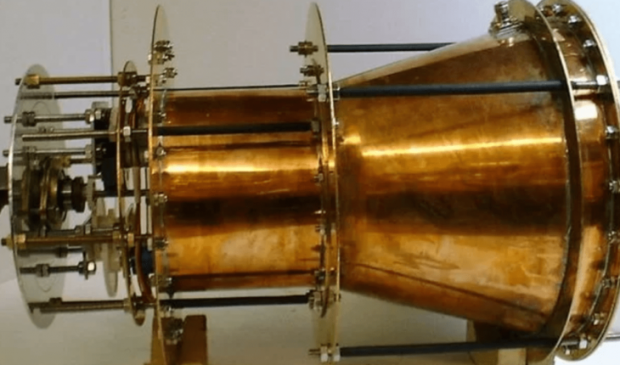
Breaking News
 Food Banks All Over The U.S. Are Being Overwhelmed By A Tsunami Of Hungry People
Food Banks All Over The U.S. Are Being Overwhelmed By A Tsunami Of Hungry People
 Kids' Online Safety Laws Could Dig a Graveyard for Speech and Privacy
Kids' Online Safety Laws Could Dig a Graveyard for Speech and Privacy
 The Only REAL Solution to Digital ID - #SolutionsWatch
The Only REAL Solution to Digital ID - #SolutionsWatch
Top Tech News
 Japan just injected artificial blood into a human. No blood type needed. No refrigeration.
Japan just injected artificial blood into a human. No blood type needed. No refrigeration.
 The 6 Best LLM Tools To Run Models Locally
The 6 Best LLM Tools To Run Models Locally
 Testing My First Sodium-Ion Solar Battery
Testing My First Sodium-Ion Solar Battery
 A man once paralyzed from the waist down now stands on his own, not with machines or wires,...
A man once paralyzed from the waist down now stands on his own, not with machines or wires,...
 Review: Thumb-sized thermal camera turns your phone into a smart tool
Review: Thumb-sized thermal camera turns your phone into a smart tool
 Army To Bring Nuclear Microreactors To Its Bases By 2028
Army To Bring Nuclear Microreactors To Its Bases By 2028
 Nissan Says It's On Track For Solid-State Batteries That Double EV Range By 2028
Nissan Says It's On Track For Solid-State Batteries That Double EV Range By 2028
 Carbon based computers that run on iron
Carbon based computers that run on iron
 Russia flies strategic cruise missile propelled by a nuclear engine
Russia flies strategic cruise missile propelled by a nuclear engine
 100% Free AC & Heat from SOLAR! Airspool Mini Split AC from Santan Solar | Unboxing & Install
100% Free AC & Heat from SOLAR! Airspool Mini Split AC from Santan Solar | Unboxing & Install
DARPA funds developing Quantized Inertia into breakthrough space propulsion

The QI theory predicts that objects can be pushed by differences in the intensity of so-called Unruh radiation in space, similar to the way in which a ship can be pushed towards a dock because there are more waves hitting it from the seaward side.
The theory has already predicted galaxy rotation without dark matter, and the fact that if a system is accelerated enough – such as a spinning disc or light bouncing between mirrors – the Unruh waves it sees can be influenced by a shield. Therefore, if a damper is placed above the object, it should produce a new kind of upwards thrust.
Chemical rockets are very expensive because of the explosive propellant they need, so this new kind of thruster would be much cheaper and safer as it would only need a source of electrical power to accelerate the core of a thruster.
The research is being funded through DARPA's Nascent Light-Matter Interactions (NLM) programme, which aims to improve the fundamental understanding of how to control the interaction of light and engineered materials.

 "Refusal to Disclose"
"Refusal to Disclose"

